BEST OF SALE
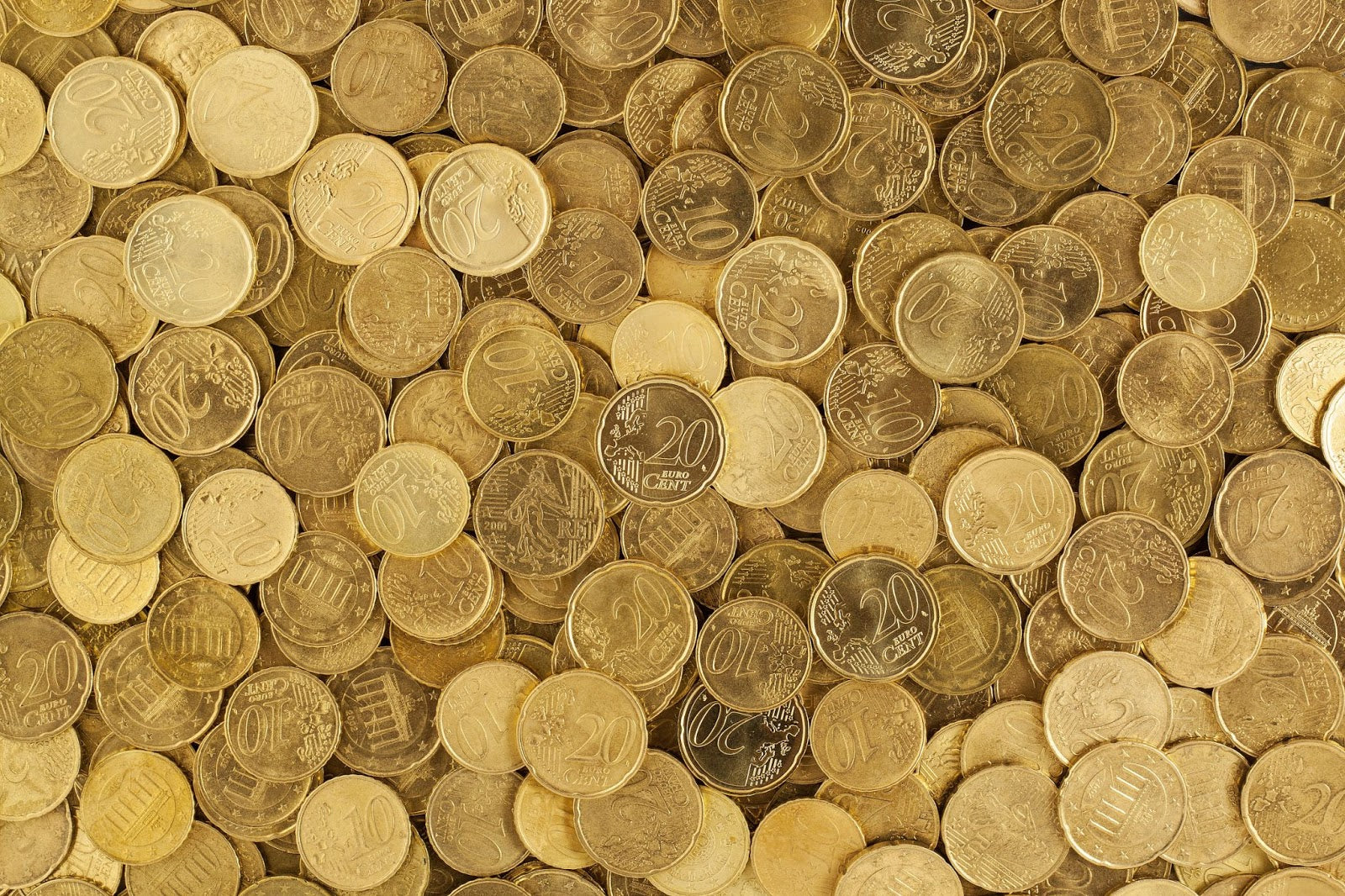
Different Types of Gold Explained
By now, you may have noticed that gold jewelry is world-renowned for its associations with wealth, high class, and positivity. Still, you may have found yourself wondering why some gold jewelry you find begins to tarnish quickly or how there could be such variations as white gold or rose gold. Let's learn a little bit more about gold's contents so you can have all the information you need to find high-caliber gold chains and other jewelry that highlights your style.
Let’s Break Down the Karats
Are you experienced in buying gold jewelry? If not, karats can be really confusing. In the jewelry world, this word sounds identical to the word carat from diamond terminology. While carat-weight in diamond jargon refers to a diamond's weight, karats aren't synonymous with a piece of gold's weight. Let's examine what the word karat means and how you can use that knowledge to inform your jewelry purchases.
What Are Karats?
Karats refer to the percentage of pure gold in a piece of gold jewelry. You may be wondering why gold jewelry wouldn't always be crafted out of 100% pure gold. Simply put, pure gold isn't always the best choice for a piece of jewelry, depending on your lifestyle.
For this reason, most gold crafted for jewelry contains a percentage of pure gold and a portion of alloy metals that help improve its strength or make it more affordable. Each karat percentage has different pros and cons for jewelry; let's examine the specs of each.
10 Karat Gold Is Least Expensive
When you're shopping online for jewelry, you may have found a set of gold earrings that are unbelievably priced. When you looked closer, you discovered that the description noted that these contained 10-karat gold. Although these earrings may have appeared like a terrific deal, there is a downside to 10-karat gold. It only includes 41.7% percent authentic gold. The rest is made of silver, nickel, copper, or zinc.
The result of such a polluted alloy is a durable piece of jewelry that lacks purity. Usually, this kind of gold contains a high amount of nickel that can irritate your skin and tarnish quickly. While it's tempting because of its affordability, it's not worth using for jewelry because of its other cons.
Many People Choose 14-Karat Gold
Another popular choice for jewelry material is 14-karat gold. As you might have been able to guess, this metal features a slightly higher gold concentration, making it somewhat more genuine in composition. In comparison to 10-karat gold, this metal also emphasizes a better color.
It comprises fourteen parts gold and ten parts other metals, meaning it contains a 58.3 gold percentage. While this is a step up from 10-karat gold, 14-karat gold still includes a high inclusion of alloy metals such as silver, copper, zinc, and nickel.
This metal option isn't without any appropriate uses. If you're looking for cheap jewelry to gift to a child, 14-karat gold is a solid choice. However, if you're shopping for jewelry for yourself, you might benefit more in the long run by aiming a little higher. Let's look at 18-karat gold's benefits. Later, we'll look at 18-karat gold staples you can add to round out your collection.
18-Karat Gold Offers the Most
Remember how we mentioned pure gold is too soft for most jewelry? Percentage-wise, 18-karat gold is eighteen parts gold to six parts alloy. This ratio makes it the purest, most valuable gold that remains durable. When you intend on wearing staple pieces throughout your life, you want gold that can handle being tossed around while maintaining its quality. However, this gold is often outside a reasonable budget and can really ding your savings.
24-Karat Gold Is Pure, but Soft
When you think of high-class, you may think of 24-karat gold. This is the only gold that contains no alloy metals. It can never tarnish, but it's incredibly soft because of its purity. This softness renders it inferior for usage in everyday jewelry, especially if you have a life that includes more rugged adventures. It's safe to say that while 24-karat gold may be valuable to inherit from a relative, it's in your best interest to choose 18-karat gold for the jewelry you wear each day.
Popular Varieties of Gold
Now that we have discussed what different karats mean in gold jewelry, let's talk about the colors of gold jewelry. Is there any difference in composition between yellow gold, white gold, and rose gold? Let's look at each variety to find out which is most fit for wearing on an everyday basis.
Yellow Gold
Yellow gold is one of the most popular colors for gold jewelry. Its warm hue makes it a brilliant color that many love wearing. Gold's natural color and vibrance come from its atomic structure. This structure leads it to reflect light from the red and yellow wavelengths of the color spectrum. Yellow gold is a well-loved color choice that represents enlightenment and wealth for many. Choosing yellow gold for your chains and pendants is a great option that adds warmth to your look.
White Gold
White gold is popular among those who prefer a cooler hue to their jewelry. This color metal contains alloy metals such as nickel, palladium, and zinc. Do you ever wonder what causes this metal to be tinted white? Most white gold jewelry features rhodium plating that gives white gold its cool tone.
Rose Gold
Rose gold has become another popular choice for jewelry in recent years. It's slightly different from yellow gold in that it displays a more pink coloration. This rosy tint can be attributed to an alloy of copper and silver, making it a more romantic metal choice for many. Ultimately, yellow gold is the most timeless variation of gold for your jewelry.
Top Five Pieces of Gold Jewelry To Wear With Confidence
Now that we've walked through the meaning of karats and the variations of gold color, let's explore our favorite pieces that can be worn daily without worry.
When shopping for jewelry that will last a lifetime, look for 18-karat gold plated pieces. 18-karat gold jewelry sounds flashy when you mention it, but the price tag will run you thousands of dollars if you’re lucky. To avoid the panic when looking at your credit card bill next month, consider 18-karat gold plated jewelry.
This slick alternative brings the quality and appearance of 18-karat gold without the stress-inducing cost. To get the looks you love for a reasonable price without sacrificing quality, 18-karat gold plated jewelry is your best bet.
5. CRAFTD Wheat Chain
Our CRAFTD Wheat Chain displays four golden links that appear to be woven into the design of a wheat stalk. It's straightforward, so this type of chain is perfect to wear daily. Throw it on top of your dress shirt for an evening out if you'd like. It's an understated staple that can add value to your look any day.
4. CRAFTD Vitruvian Ring
Is it time you ventured out into the world of statement rings? These rings help communicate your brand to yourself and to the world all at once. Our CRAFTD Vitruvian Ring is a statement ring that features a classic design stemming from Da Vinci himself. Da Vinci created the Vitruvian man as a tribute to mankind's versatility. Wear it to remind yourself you're capable of anything.
3. CRAFTD Compass Pendant
Our CRAFTD Compass Pendant is popular for a reason. Our opinion is that there's something profound and symbolic about compasses. They refer the mind to a time when we didn't have cell phones or technology to guide us to great places. Yet, those who used compasses often found their route, and subsequently, their lives. Wear your 18-karat compass pendant with a wheat chain or a Cuban chain for a more eye-catching flair.
2. CRAFTD Rope Chain
Are you looking to diversify your chain collection? Maybe you've been collecting heavier chains for a while, and now you're ready for something slim. Our CRAFTD Rope Chain provides a slim profile while also maintaining its appeal. Several chain strands are twisted together to make this chain pack a powerful punch even with its thin size.
1. CRAFTD 8-millimeter Cuban Chain
When you're a lover of chain jewelry, there's one piece you should have in your collection – the Cuban chain. This classic design features twisted oval links joined together in quintessential chain fashion. Our CRAFTD Cuban Chain is sure to be your go-to piece to throw on top of your outfit each day if it isn't already.
To Sum It Up: CRAFTD Jewelry Has Top-Tier Gold Pieces
There's a reason gold jewelry has withstood the test of time. When you're looking to build your everyday collection of chains, pendants, rings, or bracelets, remember that 18-karat gold is your best friend. It's tough enough to be resistant to scratching yet pure enough to retain its value. When you choose CRAFTD's 18-karat gold, you can wear your jewelry with total confidence in its durability.
Sources:
Buying Guide: White, Yellow and Rose Gold Engagement Rings | GIA
10-Karat vs. 14-Karat Gold: Which Should You Buy? | Jewelry Notes
Purity of gold: Difference between 24k, 22k and 18k gold | Times of India


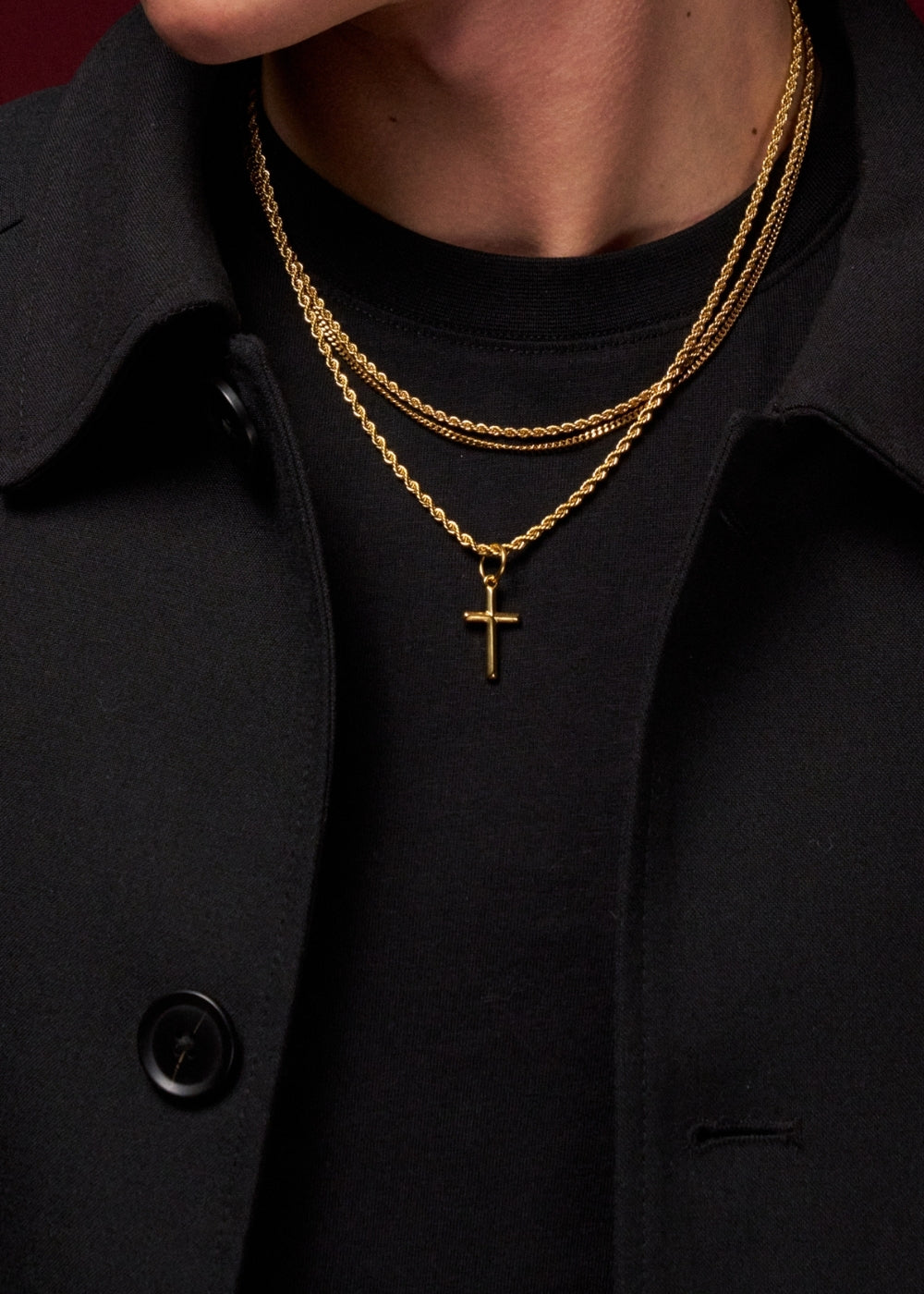

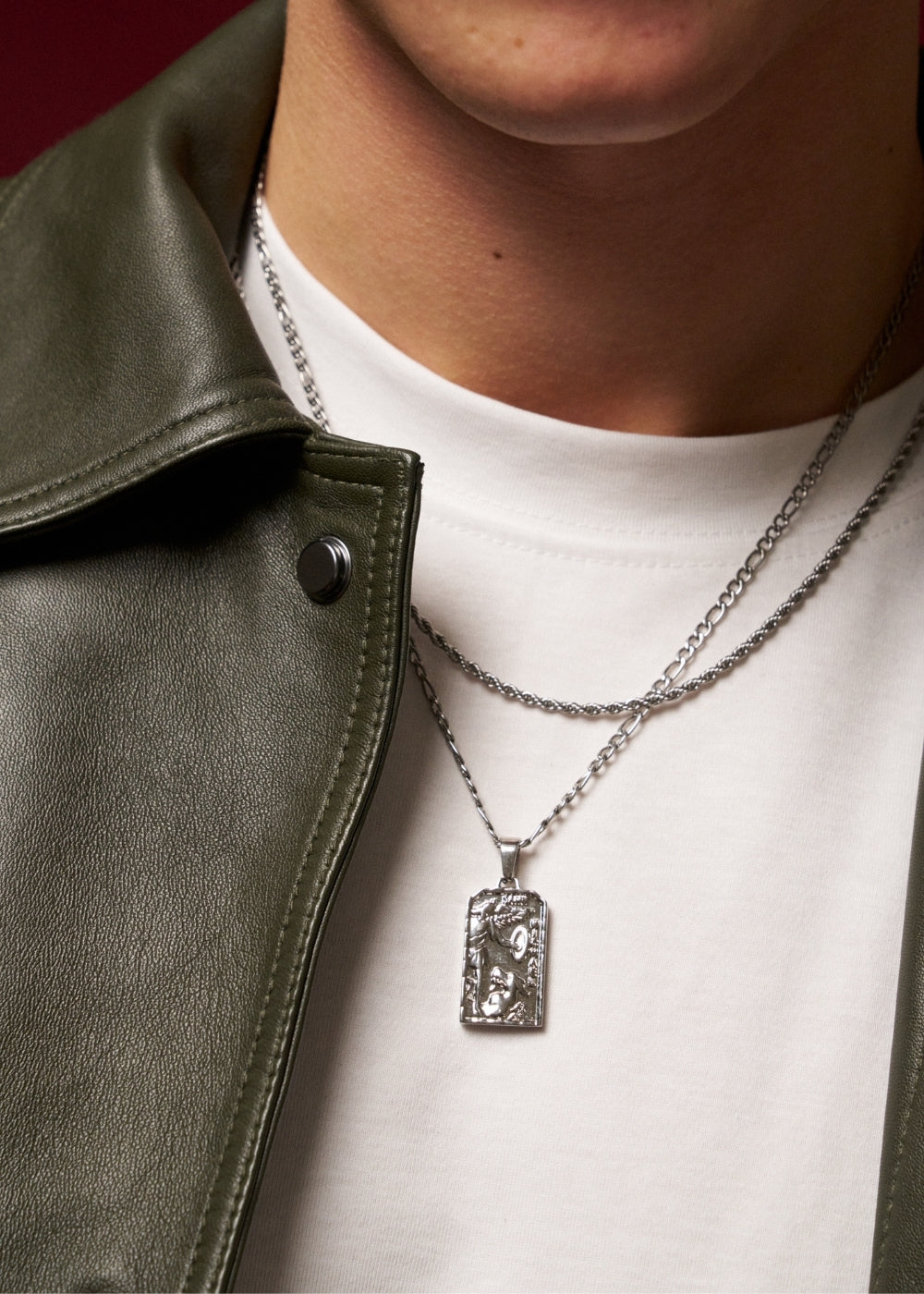
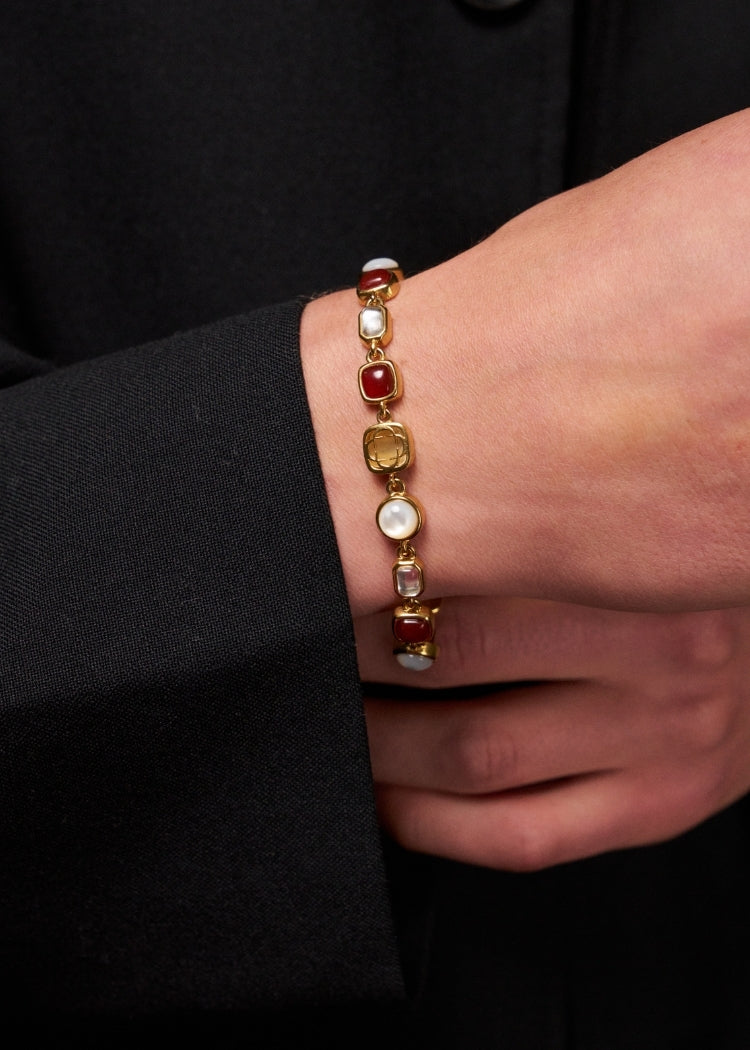
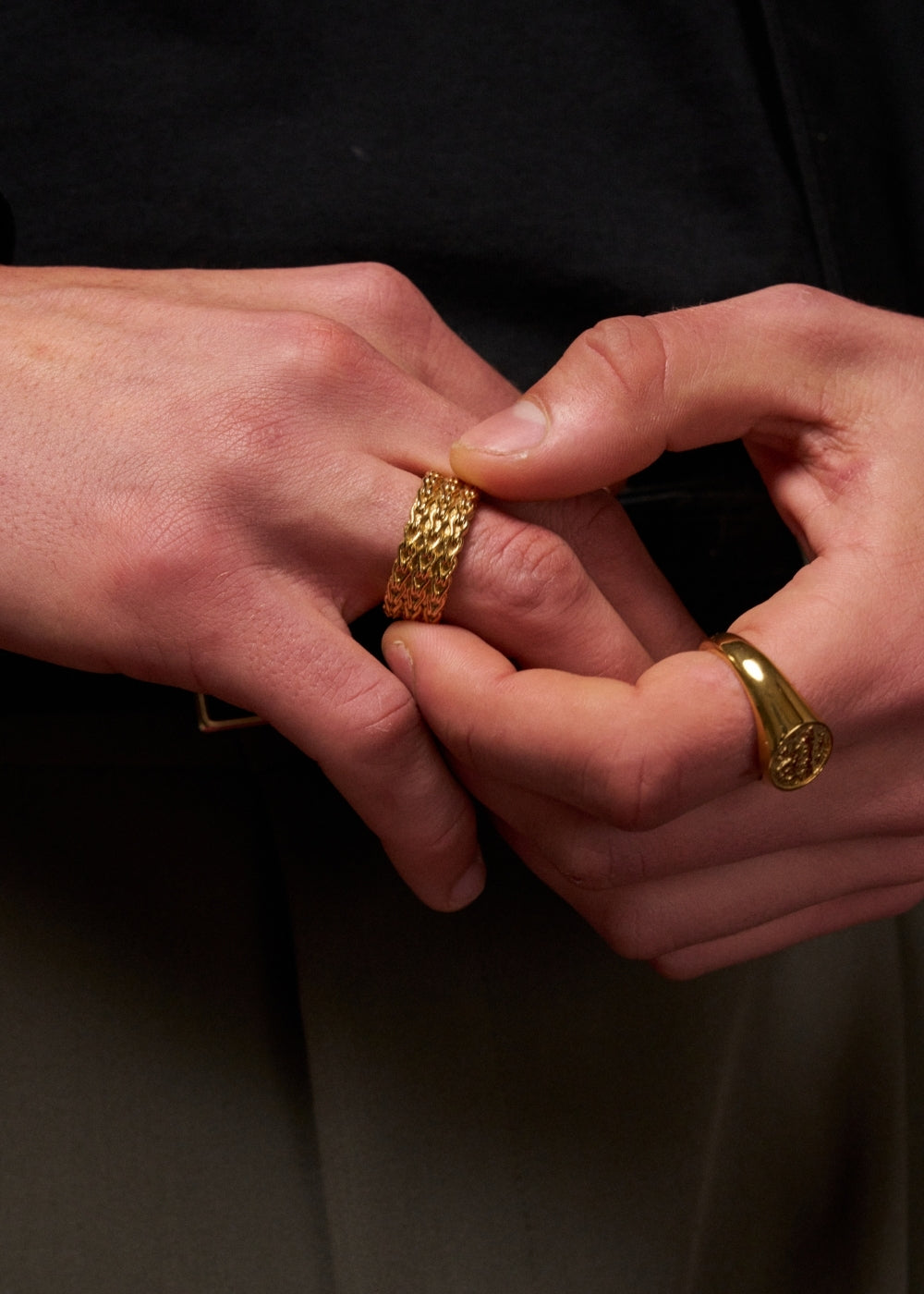
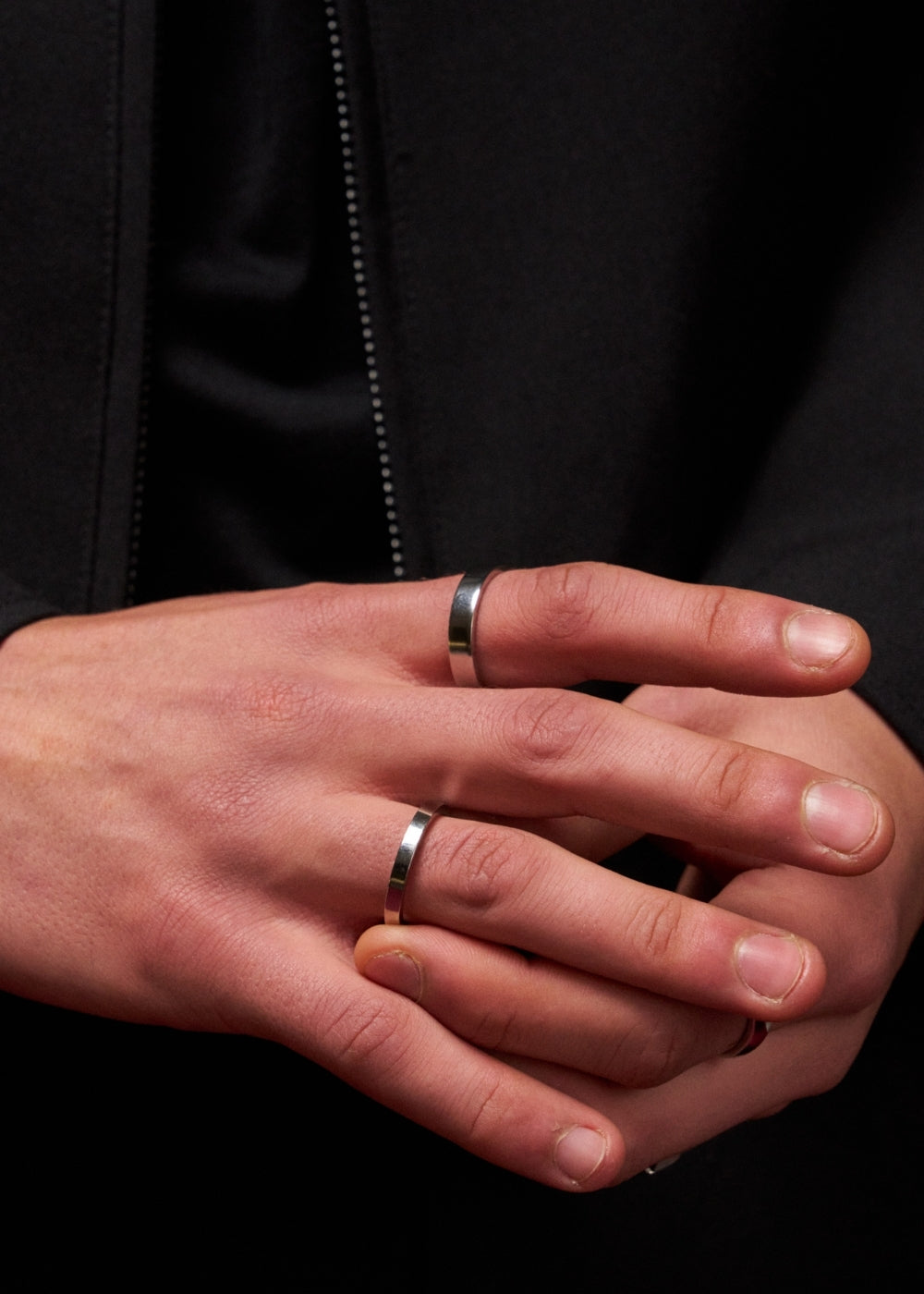

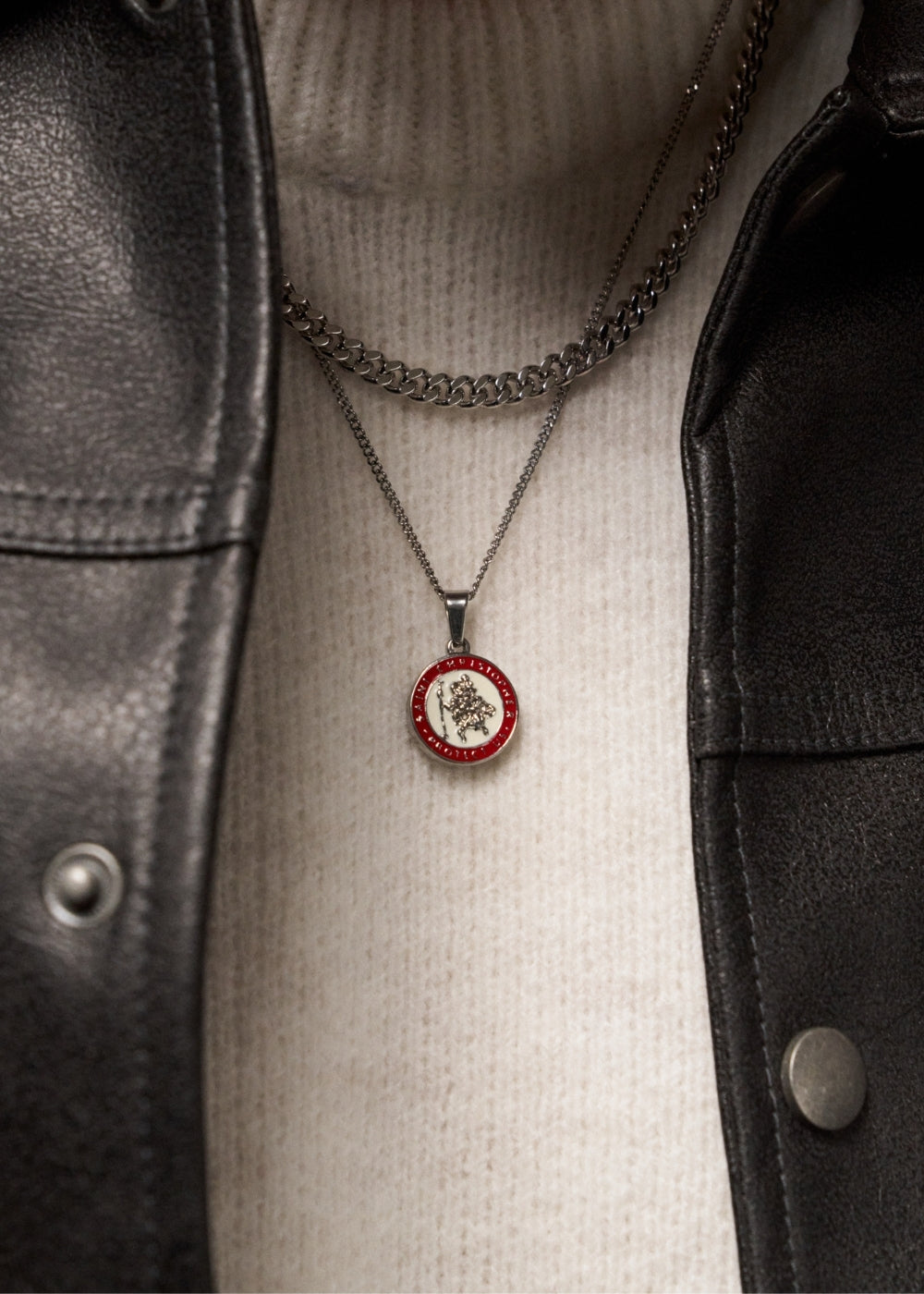


Leave a comment
This site is protected by hCaptcha and the hCaptcha Privacy Policy and Terms of Service apply.